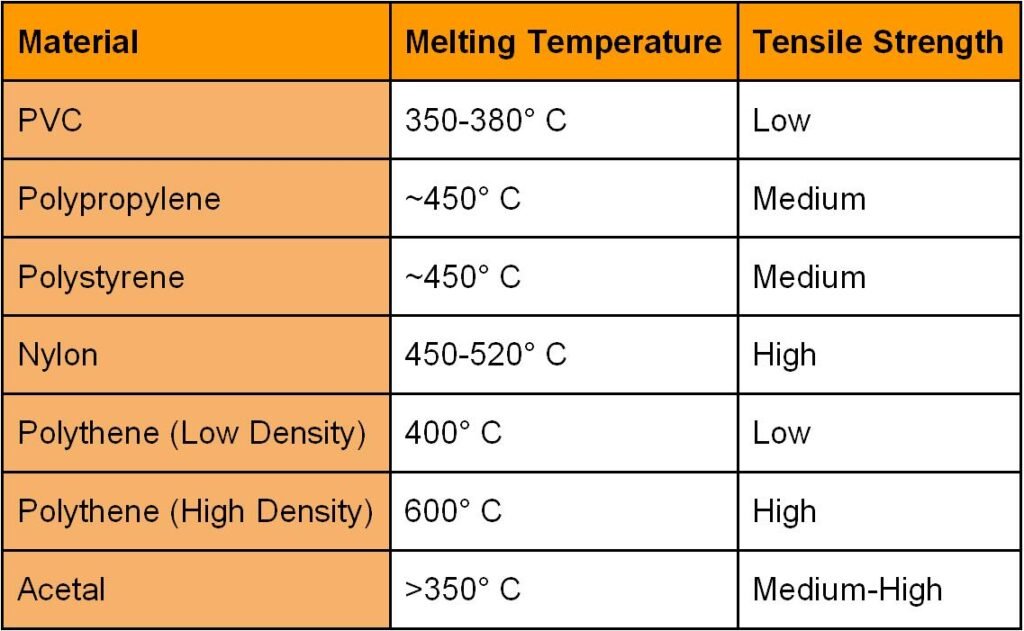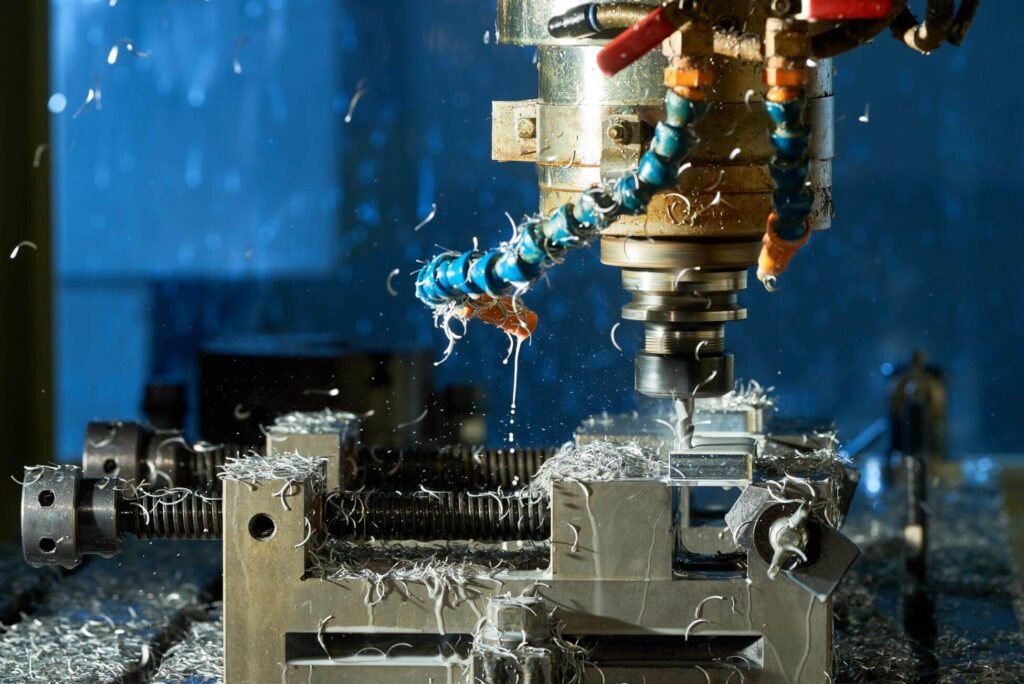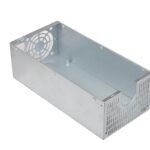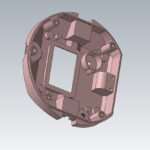Extrusion is one of the earliest and most cost-efficient manufacturing techniques. Advanced modern manufacturing techniques and materials have led to increased interest in plastic extrusion manufacturing. Thermoplastics, the primary choice in plastic extrusion, are lightweight, versatile, and inexpensive.
But the materials choices and variations in the extrusion process can be very complex and confusing.
So, here is your basic guide to help you better understand the Plastic Extrusion Process.

What is Plastic Extrusion?
Extrusion is the process of material forming where the application of force pushes material through a small orifice or die. Plastic extrusion is a manufacturing process where melted plastic is pushed through a die to form a continuous profile shape.
Process of Plastic Extrusion
Here is a brief overview of the extrusion process for plastic materials.

Step 1
The raw plastic material is formed into small pellets called nurdles (also known as plastic beads or resin). These nurdles are approximately 5 mm in size and often contain color or UV protection additives.
Step 2
Once the raw plastic beads are pre-processed, they are steadily fed into the hopper. The hopper base is conical and connects to the barrel via the feed throat, a small opening on the barrel’s surface.
Step 3
Once inside the barrel, the plastic beads are gradually heated to their melting point. The heating is done through several heating elements placed across the length of the barrel. The gradual increase in temperature allows for controlled melting and avoids overheating.
Step 4
A large rotating crews cover the inside of the barrel. As the screw rotates, it moves the plastic beads towards the front of the barrel.
Step 5
At the front end of the barrel lies a screen used for filtering any unwanted contaminants in the now molten plastic. A breaker plate reinforces the weaker screen and ensures it can withstand the high pressures.
Step 6
Once the molten plastic is filtered through the screen, it goes into the die shape, sometimes through a feed pipe. The die determines the final cross-section (profile) of the extrudate.
Step 7
With the plastic extruded, it is set to cool down to room temperature. Passive air cooling is adequate for thin profile parts, but thicker parts require water cooling.
The extrusion process is versatile and can be modified to suit specific applications. By simplifying changing out the die, you can extrude an entirely different part using the same machine.
Types of Plastic Extrusion
Following are some basic types of the plastic extrusion process.
Tubing Extrusion
This type of plastic extrusion is used for making tubes, pipes, and other cylindrical shapes. Here a positive pressure is applied to the center of the die and negative pressure to the outer diameter of the die, resulting in the formation of a pipe shape.
Sheet or Film Extrusion
Sheet extrusion uses a T-shaped or coat hanger-shaped die to extrude a thin and flat plastic sheet. Sheet plastics are used in various industries, the most common one being thermoforming or vacuum forming.
Blown Film Extrusion
Blown film extrusion is used to manufacture even thinner films of plastic. Here a pneumatic system is attached to the end of the die that uses airflow to manufacture a thin and consistent plastic film.
This method can use three types of dies for extrusion.
1.Spider
2.Annular (Crosshead)
3.Spiral
Over Jacketing Extrusion
Over jacketing involves coating a long wire or cable of material with plastic. Here a wire is fed through the die, and the die pushes the molten plastic around the wire.
Extrusion Coating
Extrusion coating is the same process as over jacketing, but for flat pieces of material. The most common example of this manufacturing process is Tetra Pak packaging, where paper is coated with a thin plastic film.
Co-Extrusion
Co-extrusion involves two or more plastic materials being melted and extruded through the same die. This extrusion method is a more advanced form of other plastic extrusion processes.
(over-jacketing, tubing, sheet, and blown film)
Extrusion Plastics
The extrusion process is compatible with many thermoplastic bases. As long as the plastic material can be reliably melted without reaching the thermal decomposition point, it can be used in plastic extrusion machines.
Here is a list of commonly used extrusion plastics.

In some rare applications, an elastomer or thermoset plastic is more beneficial instead of using thermoplastics.
Applications for Extruded Plastic
Extruded plastic is used in several industries and our daily lives. Here are a few examples of extruded plastic parts.

Benefits of Extruded Plastics
- Plastic extrusion can be used to manufacture large lengths of tubing and piping.
- Extrusion is particularly suited to high-volume manufacturing.
- Extrusion is a very cost-efficient process
- Relatively quick turnaround time.
Aluminum Extrusion
Aluminum extrusion uses the same basic operating procedure as plastic extrusion but with a few small changes.
1.The base aluminum is in the form of a large Billet instead of small Pellets.
2. Aluminum is heated to a high temperature but not melted.
3. Extrusion requires several tons of force, applied through a hydraulic mechanism.
Conclusion
Plastic extrusion is a quick and reliable mass manufacturing process suited to various applications. A few variations in the extrusion process result in different end products, but the base procedure remains the same. When selecting the desired plastic material, you must ensure that said material is compatible with your chosen extrusion process.
If you are looking for high-quality extrusion services, we recommend checking out QBH Technology. We offer a wide range of manufacturing services, including CNC Machining, Sheet Metal Fabrication, and Laser Cutting. Additionally QBH offes market leading post-processing and surface finishing options.
So, don’t miss out on our best-in-class services, and Contact Us Now!




